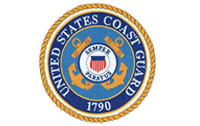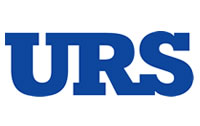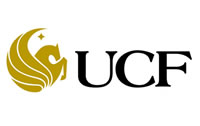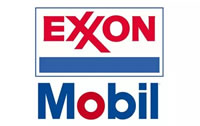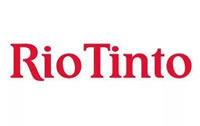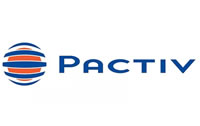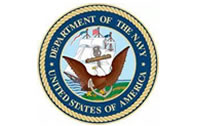Does the following conversation sound familiar?
Reliability manager: The last reliability manager championed a big project a year ago, a failure modes and effects analysis (FMEA) project that took a lot of effort. The consultant he hired did a really good job of educating the team and facilitating the analysis. We identified all the right tasks that we need to be doing.
Interviewer: So you must have a great maintenance program and everything must be going great, right?
Reliability manager: Well, not exactly. The last guy got the FMEA project done and kicked off the new maintenance program. He moved on before the new program was fully implemented. But I’m not sure that the new maintenance program would be successful even if he were still here.
Interviewer: Why is that?
Reliability manager: When I looked at the new PM and condition monitoring tasks six months after they had been put in place, the completion rates were really low—less than 70%. I went down to the maintenance manager’s office and asked him why he was having trouble getting PM and condition monitoring tasks completed. He said there just weren’t enough hours in the day.
Interviewer: Was the plant in a reactive maintenance mode before the FMEAs were done?
Reliability manager: Yes, we’ve always been reactive.
Interviewer: So maybe your plant doesn’t have a decent maintenance management software system?
Reliability manager: No, we have one of the best, most widely used and expensive software systems.
Interviewer: Let me get this straight: You spent big bucks on FMEA training and facilitation; you have an expensive and highly capable software system; and you can’t get the maintenance strategy fully implemented. Is that right?
Reliability manager: That’s right.
Interviewer: Why do you think that is?
Reliability manager: We aren’t in control. The assets are in control because they force us to respond when production is disrupted. We never know what’s coming.
Been part of conversations along those lines? I find the scenario is an all-too-common one that reminds me of some of the search-and-rescue missions I participated in “when I wore a younger man’s clothes,” as singer-songwriter Billy Joel would say. I was in the Coast Guard, and we assisted people in distress, including some who had more money than sense. They bought expensive boats but had little knowledge of how to prepare, operate, and complete voyages in the open sea. They took a few classes on navigation rules and had all the best equipment: radar, satellite navigation, autopilot, depth finders, etc. Yet they still ended up running aground, wrapping lobster-trap ropes in their propellers, or getting caught by severe weather. The problem was not insufficient resources or equipment, and they were usually pretty smart people. The problem was awareness of how to maintain control and execute.
Organizations buy highly capable software and develop great maintenance strategies. But what good are they if you can’t stay prepared and execute the strategy? When assets are in control, it is extremely difficult if not impossible to have a maintenance organization that can provide high levels of availability at lowest total cost.
So how do you transition from the assets being in control to you being in control? First, be absolutely clear in your mind why it is important to be in control, and communicate that message throughout the organization. It’s especially important for line supervisors and the workforce to understand why and how controlling the assets will benefit them and the organization.
Second, have a good maintenance management process and software tools that support the process. Hallmarks of good processes include well-defined procedural steps, assigned accountabilities for each step, and measures that tell you whether the process steps are being carried out properly. Software must have well-defined data structures, asset hierarchy, master data, and criticality. It must also support the process workflow, generate performance reports, and provide for data analysis.
Third—and most often lacking—is consistent, assertive leadership at the supervisor and manager levels. This means coaching and encouragement to reinforce proper behaviors, and it means direct and timely corrections of noncompliant behaviors. For supervisors to be consistent and assertive, senior leaders need to support them. This third element is where execution lives.
If an organization’s senior leadership is unwilling to invest the time and energy in establishing consistent and assertive leadership, the organization should not expect big wins from strategies or software.
Published in Plant Services Magazine, October 6, 2015 (http://www.plantservices.com/articles/2015/human-capital-you-vs-your-machines/).



